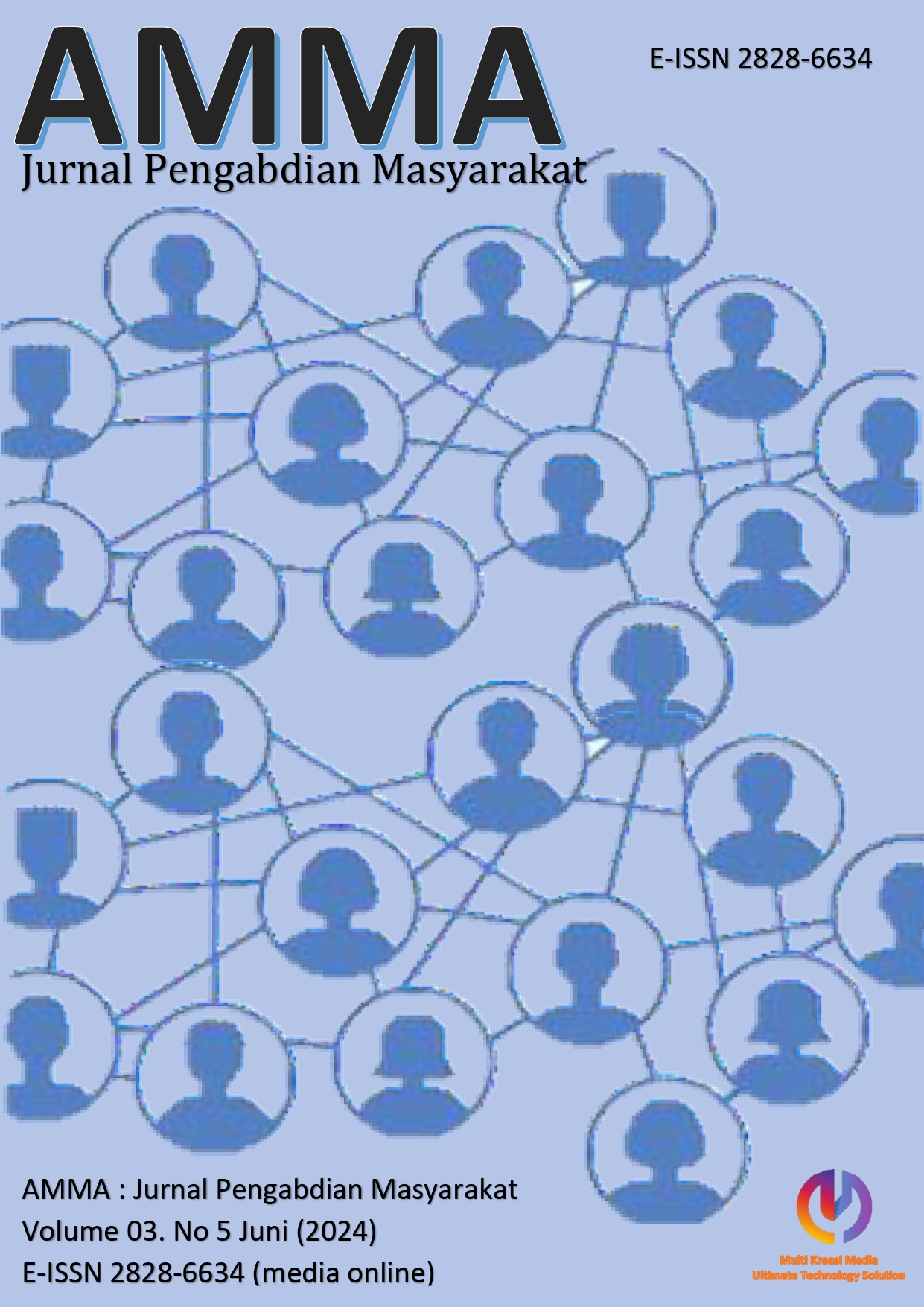PKM : Pelatihan Inovasi Produk Kripik Emping Kota Cirebon
Keywords:
Inovasi Produk, Kripik Emping, Pengemasan, Pemasaran DigitalAbstract
In an effort to enhance the quality and competitiveness of emping chips in Cirebon City, this Community Service Program (PKM) focuses on product innovation training. Introduction: Cirebon City is renowned for its emping chips, a regional specialty. However, the primary challenge lies in the lack of innovation in flavor variety and packaging, making it difficult for these products to compete in broader markets. The aim of this activity is to provide knowledge and skills to emping chip entrepreneurs to create innovative product variants and improve packaging quality to be more appealing to consumers. Methods: The implementation methods include organizing workshops and practical training covering techniques for flavor innovation, the use of safe additional ingredients, and modern packaging strategies. Additionally, participants received material on digital marketing strategies to expand market reach. Results: The results of this activity indicate a significant improvement in participants' abilities to create new flavored emping chips and more attractive packaging. Participants also started utilizing digital platforms to promote and sell their products, directly impacting increased sales and market penetration. This program successfully delivered positive impacts on the local economy and enhanced the competitiveness of Cirebon City's emping chips.
References
D. Johnson, M. Lee, and S. Patel, “Advancements in Food Product Innovation: Techniques and Trends,” Journal of Culinary Science & Technology, Vol. 12, No. 3, pp. 45–62, Mar. 2022, DOI: 10.1080/15428052.2022.2076423.
A. Smith, R. Davis, and L. Turner, “Modern Packaging Technologies for Food Products: Enhancing Quality and Appeal,” Food Packaging and Shelf Life, Vol. 9, No. 1, pp. 15–29, Jan. 2021, DOI: 1 0.1016/j.fpsl.2020.101764.
J. Brown and K. Wilson, “Digital Marketing Strategies for Food Products: A Guide for Small Businesses,” Journal of Business Research, Vol. 68, No. 7, pp. 1634–1640, Jul. 2022, DOI: 10.1016/j.jbusres.2021.12.035.
P. Rodriguez, M. Gonzalez, and T. Clark, “Innovative Techniques in Snack Food Production: Case Studies and Insights,” Food Science and Technology International, Vol. 18, No. 5, pp. 321–332, Sep. 2023, DOI: 10.1177/10820132221107891.
L. Miller and E. Thompson, “Consumer Preferences and Packaging Design in the Food Industry,” Packaging Technology and Science, Vol. 34, No. 2, pp. 95–108, Feb. 2022, DOI: 10.1002/pts.2768.
R. Jones, T. Smith, and M. Lee, “Community-Based Training Programs for Rural Development: A Case Study,” Journal of Rural Studies, Vol. 45, No. 2, pp. 115–126, Mar. 2022, DOI: 10.1016/j.jrurstud.2022.01.009.
A. Brown and L. Davis, “Technical Skill Development in Small Enterprises: Approaches and Outcomes,” International Journal of Vocational Education and Training, Vol. 29, No. 3, pp. 150–165, Jun. 2021, DOI: 10.1080/13636820.2021.1912893.
H. Green, J. Anderson, and K. Walker, “Implementing Technology in Rural Communities: Challenges and Solutions,” Technology in Society, Vol. 62, pp. 58–67, Sep. 2021, DOI: 10.1016/j.techsoc.2020.101283.





















